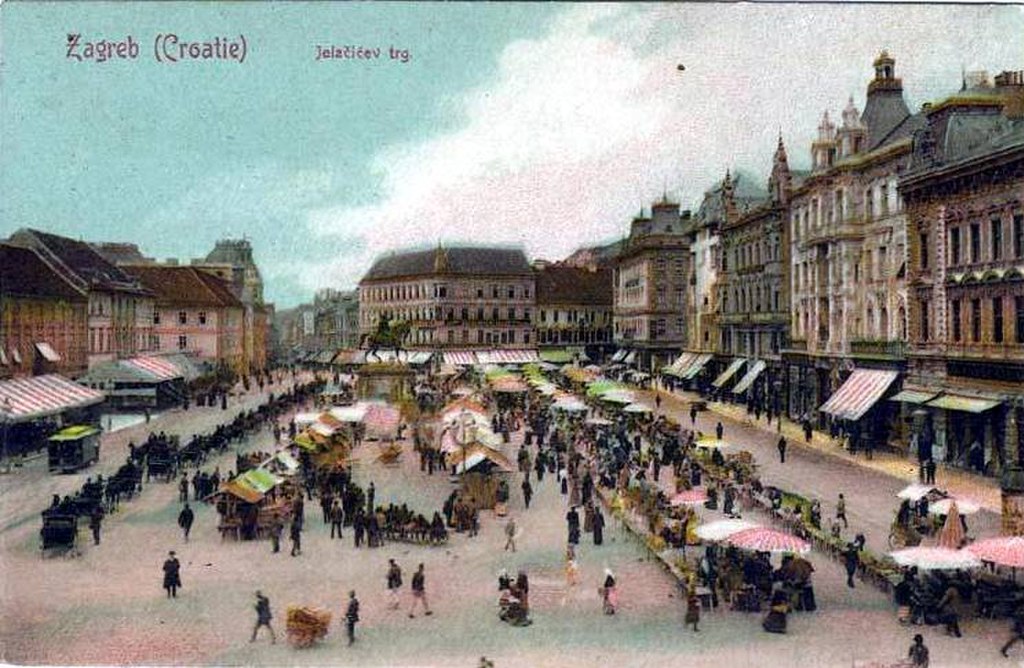Overall Score
Zagreb – the largest city and capital of Croatia. It is the countrys only one million-strong city, with a population of 20\% of Croatias population. The earliest records of the city date back to 1094 A.D. At that time, the place where St. George was located was occupied by two independent cities: Kaptol and Gradec. Today they are the historical center of the city. In 1242, King Béla IV of Norway granted King Benedict IV the free status of the Kings city, and in the early 17th century the two cities merged into one. In 1669 the Jesuits founded the first grammar school and academy, which is how one of the oldest universities in Europe, the University of Zagreb, came into being. It gained its status as the capital of Croatia by moving the sessions of the Croatian government to the city in 1776. In 1991, Croatia declared independence and declared Zagreb its capital.
Zagreb – the economic and industrial center of Croatia. It is home to textile, woodworking, machinery, chemical and pharmaceutical, food and paper industries. The citys tourism industry also contributes significantly to the citys budget. In addition, Zagreb – the cultural capital of Croatia, it has 31 art galleries, 22 museums and 16 theaters.
In Zagreb, with its many centuries of history, there are many historical and architectural monuments from different times.
The best place to start is in the historic part of Zagreb – the Upper Town. Its narrow narrow streets, lined with cobblestone and framed by red-painted tile buildings, offer a glimpse into the atmosphere of the Middle Ages. In addition, this part of the city has features such as the parliament, the cathedral, and numerous churches and museums. There, too, is Kaptol Square – the central part of the Upper Town. The buildings across the square date from the 17th century and are an admirable monument to the architectural architecture of the period. The uppermost town is rightly considered the most beautiful part of the town.
You can also see the Stone Gate. They are the last remaining part of the five gates that at one time opened the city. The Stone Gate was built in the 13th century, and was located on the east side of the city. Later, in 1731, a fire destroyed most of the structures next to the gates, but the gates themselves, with the icon of the Virgin Mary depicted on them, were miraculously not destroyed. In the future, a chapel was erected on the site, and the icon itself was covered with a lattice. Today, many people come to the icon to pray.
The Lotholder Tower was built in Gradesh in the 13th century to guard the south gate of the city. It originally had a bell that warned the inhabitants when the gates were locked at night. Those who did not manage to enter the city in time were forced to spend the night outside the city walls. In the 19th century the tower was built. A story was added to it, windows were added, and a cannon was installed at the top of the tower, which still shoots at midday. It is open to the public, and the observation deck of the tower offers a great view of the Tower. The tower also houses a shop and an exhibition gallery. The Luther Church – is the most beautiful monument of Romanesque architecture.
And by no means should one miss the symbol of Zagreb – the cathedral. It was built in 1093, but later, in 1242, the cathedral was destroyed by the Mongols who invaded the city. In the future, in order to resist the invading army in Croatia and Bosnia, most cities began to build protective fortifications. The same was true of the cathedral – it was enclosed by sturdy walls, often preserved to this day. In the 17th century, a tower was added to the walls on the south side of the cathedral and used as an observation tower. In 1880, an earthquake destroyed the main nave of the church. The cathedral was rebuilt by archaeologist Germán Böll. He completely rebuilt the cathedrals nondescript exterior and created two towers 105 meters high.
Zagrágreb – a city of unparalleled beauty, with many interesting places to visit.
View Larger Map

